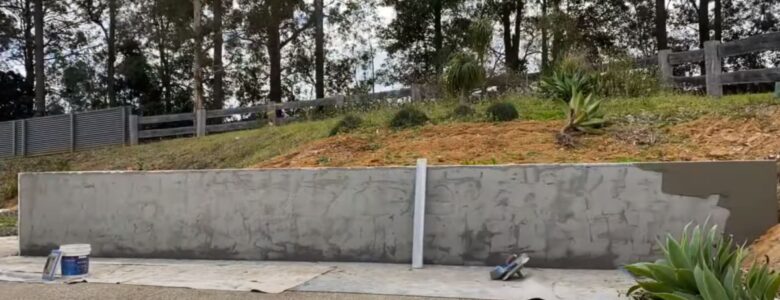August 5, 2023
What is the Role of Solid Plastering? Insights from the Heart of Auckland

Functionality and Aesthetics: The Core of Solid Plastering
Solid plastering, much like the intricate details you notice on villas in Ponsonby or the smooth finishes on Remuera’s modern homes, plays a dual role:
- Protection: It serves as a barrier against moisture, safeguarding the structural integrity of the building.
- Aesthetic Appeal: Smooth or textured, the plaster can dramatically alter the look and feel of a space.
Costing the Plastering Landscape in Auckland
Auckland’s vast geography brings a diverse range of plastering costs:
- Basic Smooth Finishing: Ranging from NZD $30-$50 per square metre.
- Textured or Specialty Finishes: These can go upwards of NZD $70 per square metre, especially sought after in suburbs like Epsom.
Solid Plastering: More than Just a Smooth Wall
- Insulation: Proper plastering can improve insulation, crucial for those chilly Auckland winters.
- Durability: A well-plastered wall can endure the tests of time and weather, especially relevant given Auckland’s unpredictable rain spells.
- Eco-friendliness: With sustainable materials, plastering can reduce carbon footprints.
Understanding Auckland’s Plastering Bylaws
Nestled between the Manukau and Waitematā harbours, Auckland is not just geographically diverse but also administratively. Different suburbs come with their own set of rules:
- Mangere Bridge: Given its coastal proximity, there might be bylaws related to salt-resistant plastering materials.
- Mount Wellington: Given its volcanic history, certain regulations about insulation might be prevalent.
Keeping in tune with these rules is essential, and consent costs in Auckland typically float around NZD $1,000-$4,500, depending on the intricacy of the job.
Environmental Stewardship in Plastering
Green isn’t just the colour of a wall. It’s an ethos. Many Auckland plasterers now:
- Use materials with a reduced carbon footprint.
- Implement water-saving techniques when mixing.
- Prioritise waste reduction during the project.
Key Takeaways
- Solid plastering is essential for both protection and aesthetics of a structure.
- Costs in Auckland vary based on the finish and suburb-specific demand.
- Adhering to local bylaws is not just necessary; it’s financially wise.
- Eco-friendly plastering is not just a trend; it’s a responsibility.
FAQs
- Why might plastering in Onehunga differ from that in Takapuna?
Diverse geographic conditions and historical backgrounds lead to different structural requirements and bylaws.
- Can I plaster my own home to save on costs?
While possible, expertise ensures longevity, adherence to bylaws, and professional finishes.
- Is eco-friendly plastering more expensive?
While initial costs might be slightly higher, long-term benefits in terms of durability and reduced energy bills often make up for it.
- Do plasterers take care of bylaw permissions?
Reputed plasterers usually guide homeowners through the process, though it’s always good to double-check.
- How do I ensure the plastering aligns with Auckland’s regulations?
Engaging a local plasterer with knowledge about Auckland-specific requirements is key.
Navigating the intricate world of solid plastering in Auckland can seem daunting, but understanding its significance and nuances makes the journey smoother. Whether it’s a protective layer against the city’s salt-laden air or a style statement for your Ponsonby villa, the plaster does more than just cover; it defines. Get in touch with Your Plasterers Auckland to find out more.